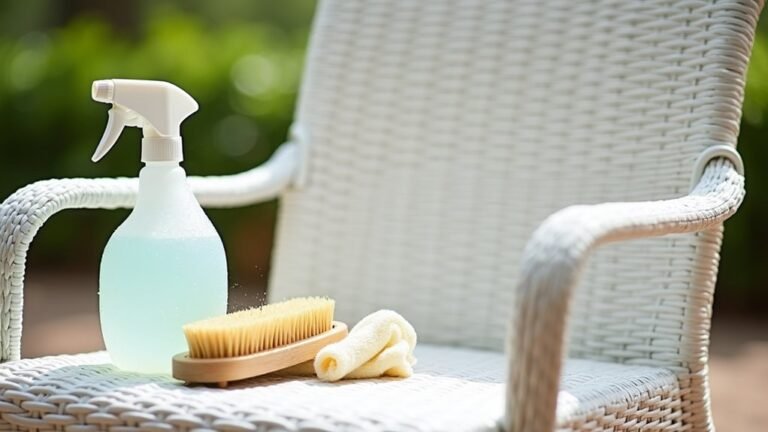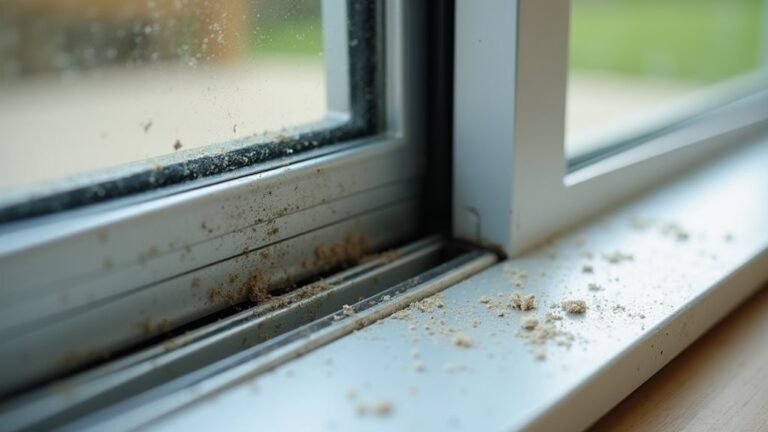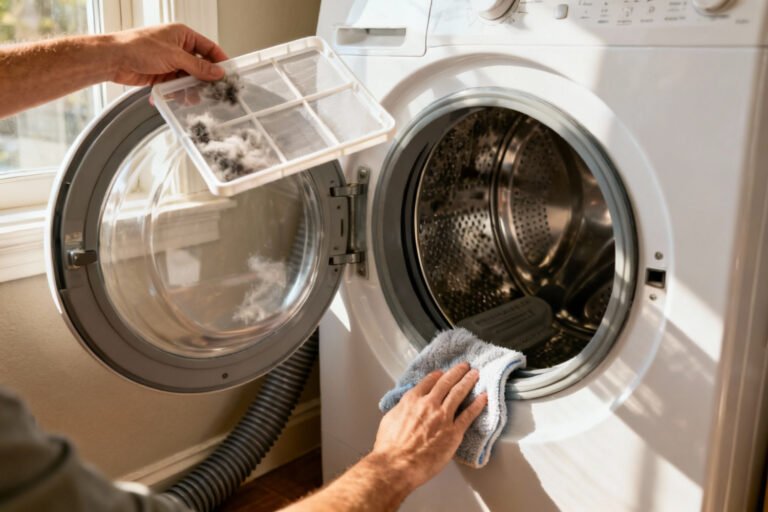We fixed up an old 1940s Wagner cast iron pan that was really rusty, and now it’s our favorite pan for everyday cooking. If you’ve got a rusty cast iron pan sitting around, don’t worry – you can make it look great again without too much work. It just takes some simple steps and a little time.
According to Lodge Cast Iron’s Vice President of Marketing, Mark Kelly, “The great thing about cast iron is that it can always be restored, no matter how damaged or rusty it appears to be.”
Whether you found an old pan at a yard sale or discovered your grandma’s forgotten skillet in the basement, bringing rusty cast iron back to life is easier than you might think. Let’s go through the steps that will help you turn that rusty old pan into something you’ll use to cook delicious meals for years to come.
Restore Vintage Cookware Today
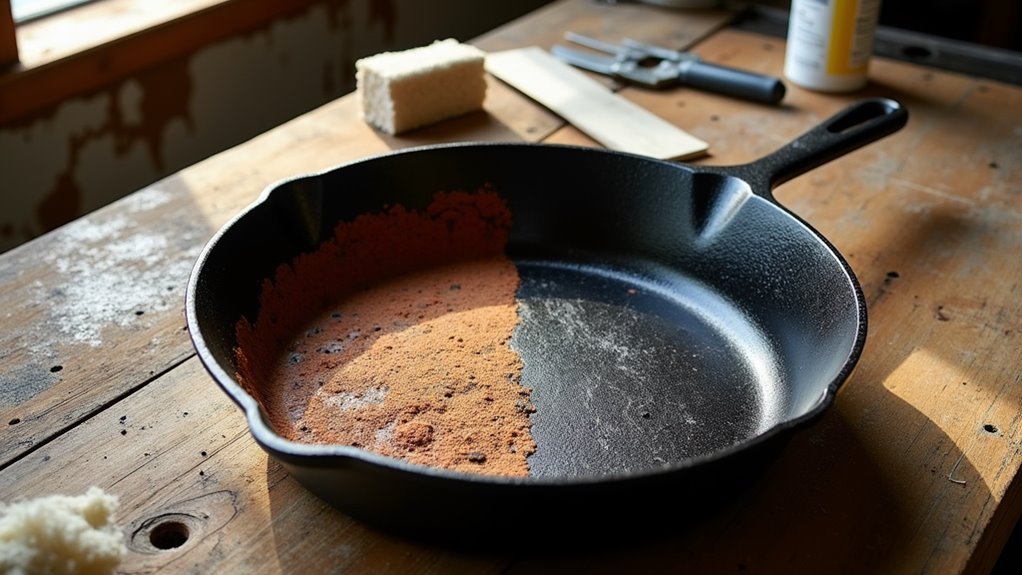
Don’t let a rusty cast iron skillet discourage you from restoring a valuable piece of cookware.
We’ll start by using steel wool to remove rust from the surface, followed by a vinegar soak for stubborn spots.
After getting it completely dry, we’ll apply a protective layer using a high smoke point oil and bake it.
With regular maintenance, your cast iron skillet will last generations.
Let’s explore the essential aspects of cleaning rusty cast iron, from the must-do steps to what we need to avoid.
We’ll break down our approach into practical things to do, common mistakes to steer clear of, and the specific steps that’ll get your cookware looking like new again.
Whether you’re restoring a family heirloom or salvaging a flea market find, understanding these points will help us tackle rust effectively while protecting our cast iron’s longevity.
Things to Do When Cleaning Rusty Cast Iron
Cleaning a rusty cast iron skillet requires careful attention to detail and the right combination of cleaning methods to restore its functionality. The process involves removing rust particles, thoroughly cleaning the surface, and preparing it for re-seasoning to prevent future rust formation and maintain the skillet’s cooking performance.
- Scrub with steel wool – Remove loose rust and debris using circular motions with steel wool or a stiff brush.
- Wash with soap and water – Use minimal soap to clean remaining rust particles without damaging seasoning.
- Dry completely – Wipe thoroughly with lint-free cloth and heat on stovetop to prevent moisture.
- Apply baking soda paste – Create paste for stubborn rust spots, or soak in vinegar solution for severe cases.
- Add protective oil layer – Coat entire surface with thin layer of cooking oil to prepare for re-seasoning.
Things to Avoid When Cleaning Rusty Cast Iron
When dealing with a rusty cast iron skillet, it’s essential to approach the cleaning process with care to avoid causing further damage to this durable yet sensitive cookware.
Improper cleaning methods can compromise the pan’s seasoning, accelerate rust formation, or even permanently damage the cooking surface, potentially rendering your cast iron unusable.
- Extended water exposure – Soaking the pan creates an ideal environment for rust development and weakens existing seasoning
- Harsh chemical cleaners – Strong cleaning agents strip away protective seasoning and can etch the iron surface
- Steel wool or metal scrubbers – Aggressive abrasives scratch the cooking surface and remove seasoning layers
- Excessive soap usage – Too much soap strips away beneficial oils and breaks down seasoning
- Incomplete drying – Leaving any moisture on the surface leads to immediate rust formation
- Damp storage conditions – Storing in humid areas or with lid tightly closed traps moisture and promotes rust
- Heavy-duty dishwashing – Machine washing strips seasoning and exposes iron to harsh detergents and prolonged moisture
Steps
Restoring a rusty cast iron skillet requires careful attention to detail and a systematic approach to guarantee the pan returns to its former glory.
The process involves both removing the existing rust and protecting the surface from future oxidation through proper seasoning, making it essential to follow each step thoroughly for the best possible outcome.
Step 1: Scrub the rusty areas with steel wool or a stiff brush, using dish soap if needed.
Step 2: For severe rust, soak the skillet in equal parts white vinegar and warm water.
Step 3: Check the soaking pan every 15-30 minutes, removing it once rust flakes away.
Step 4: Rinse thoroughly with warm, soapy water to remove all rust particles.
Step 5: Dry completely with a lint-free cloth or paper towel.
Step 6: Heat the pan briefly on the stovetop to eliminate remaining moisture.
Step 7: Apply a thin layer of cooking oil to the entire surface.
Step 8: Place the skillet upside down in an oven preheated to 450-500°F.
Step 9: Bake for one hour to complete the seasoning process.
Final Thoughts
Taking proper care of your cast iron cookware doesn’t have to be a challenging task.
When surface rust appears, following our simple steps to clean and re-season your cast iron pans will restore them quickly.
Remember to dry completely after each use, maintain a protective coating of oil in the pan, and store properly.
With regular maintenance, rusty cast iron will become a rare concern.
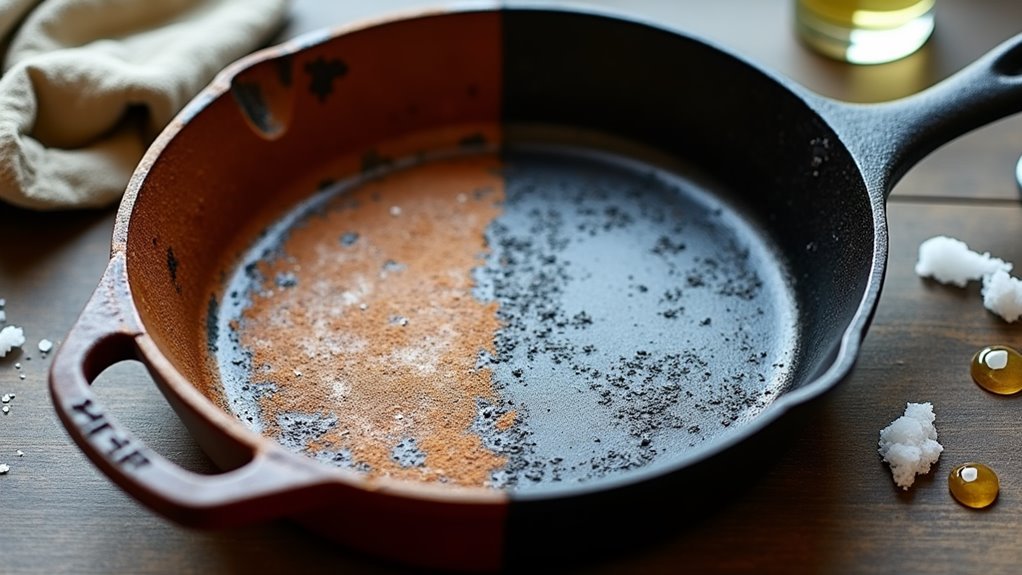
Restoring rusty cast iron cookware may seem intimidating at first, but with the right approach and a bit of elbow grease, you can bring your beloved skillet back to life.
The key steps – removing rust, thorough cleaning, complete drying, and proper re-seasoning – work together to not only restore your pan but also protect it from future damage.
Treating cast iron is more than restoration – it’s about creating a lasting shield against future wear and deterioration.
Remember that rust doesn’t mean the end of your cast iron’s life. These durable pieces of cookware can last for generations with proper care and maintenance.
Don’t let a little (or even a lot) of rust discourage you from salvaging your cast iron cookware. Take action today to restore your rusty pieces, and you’ll be rewarded with a reliable cooking companion that only gets better with age and proper care.



